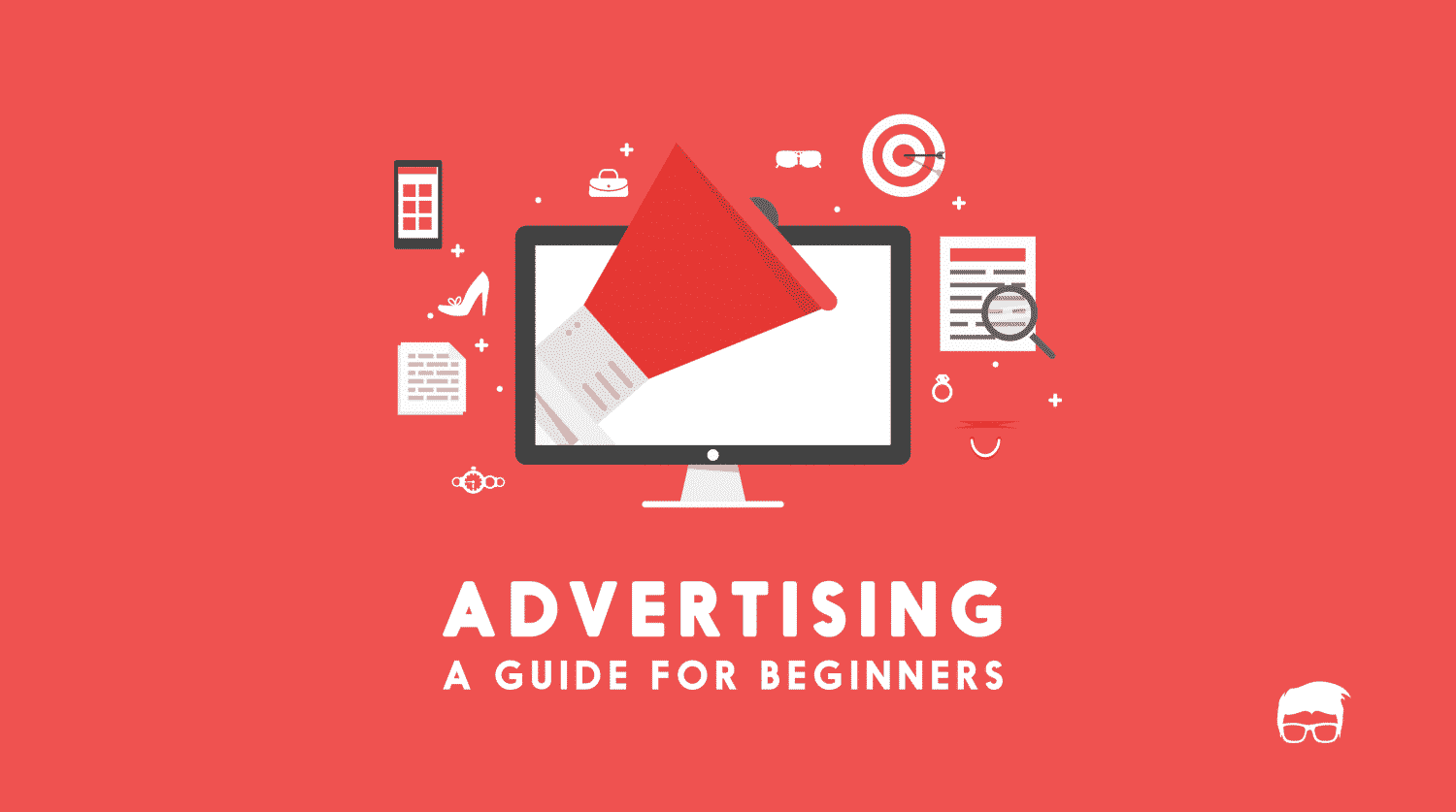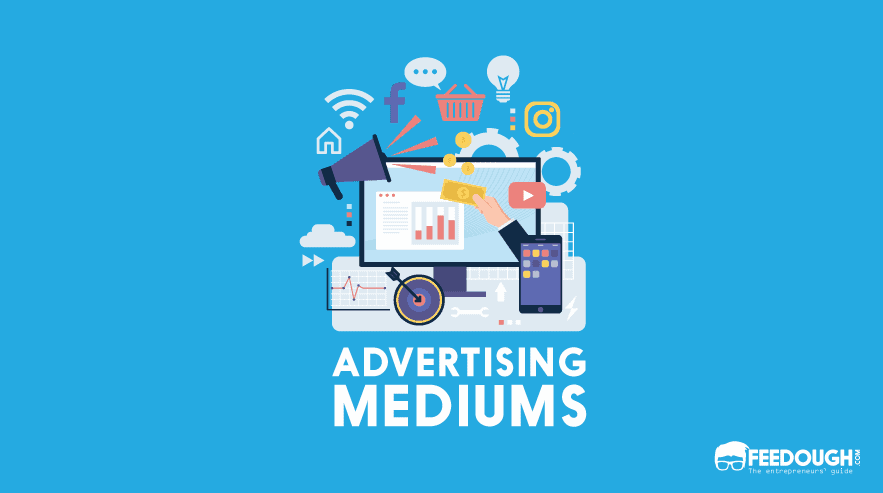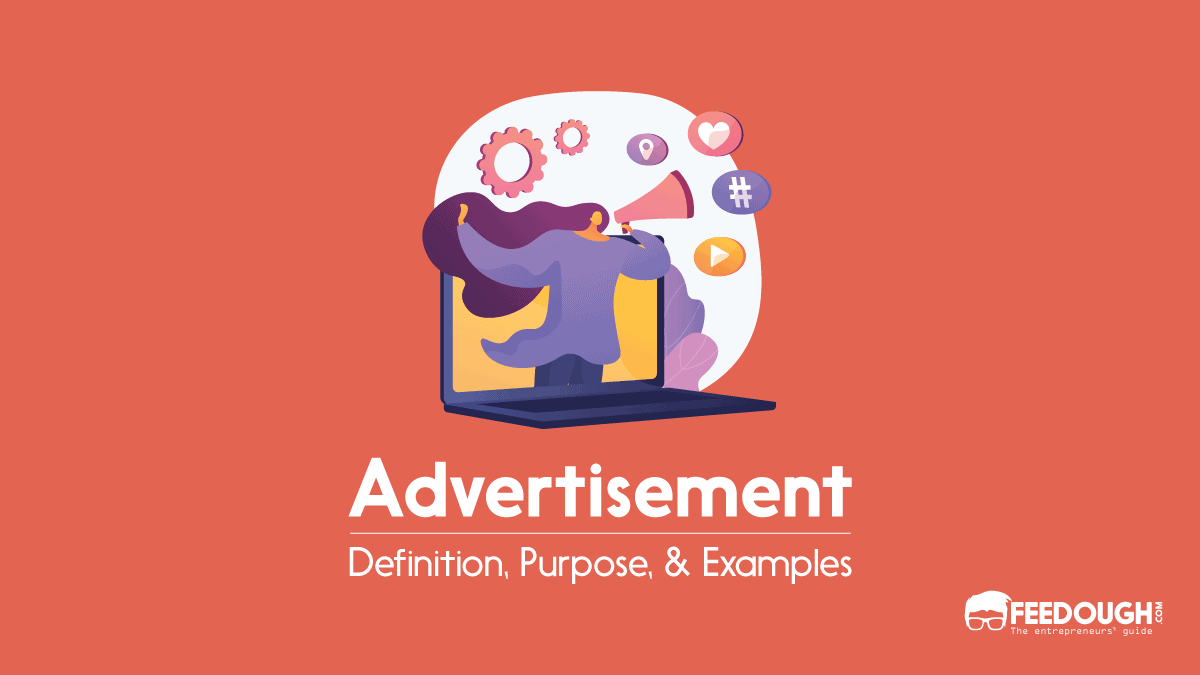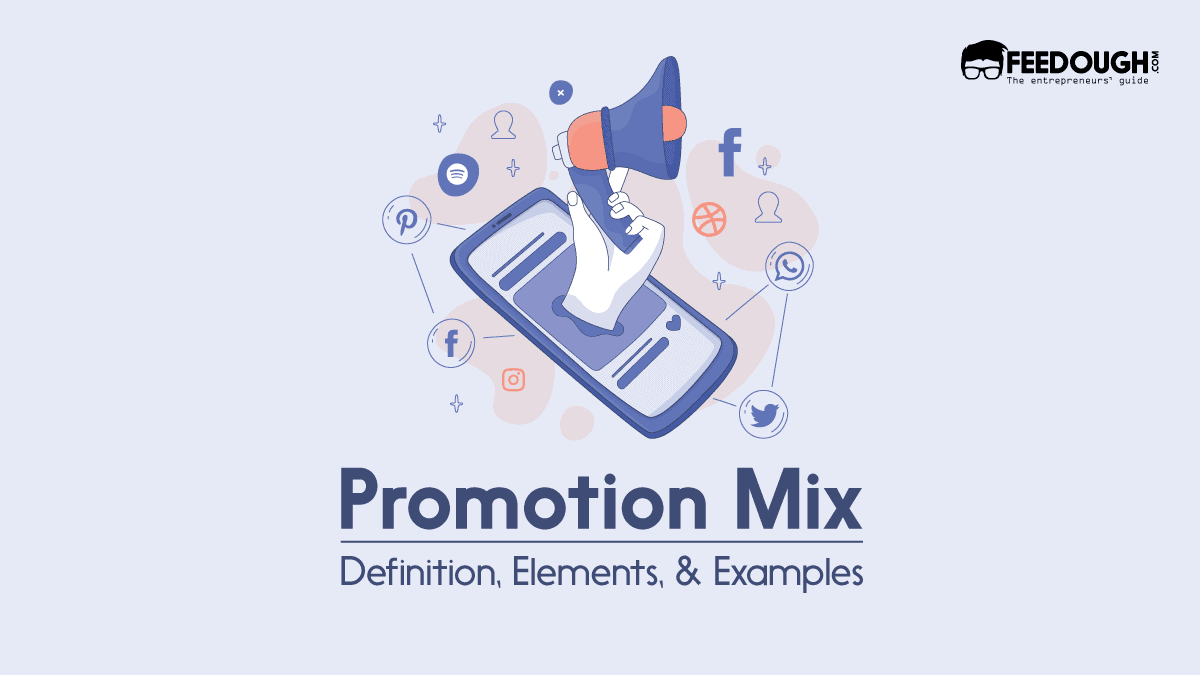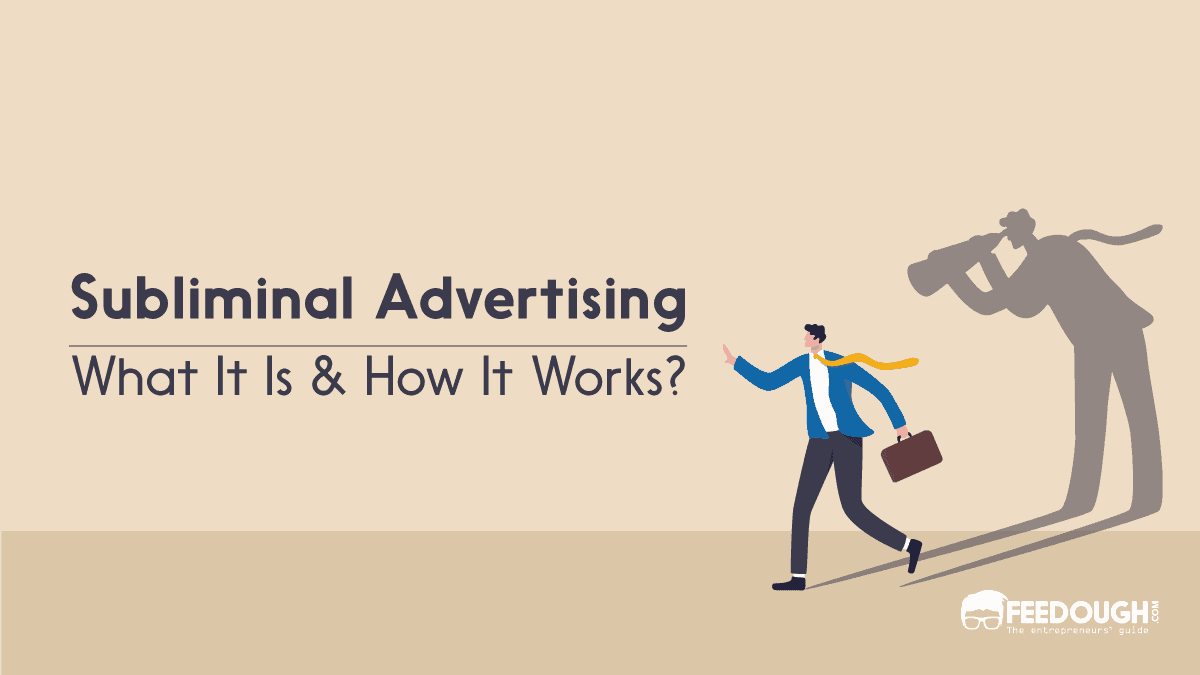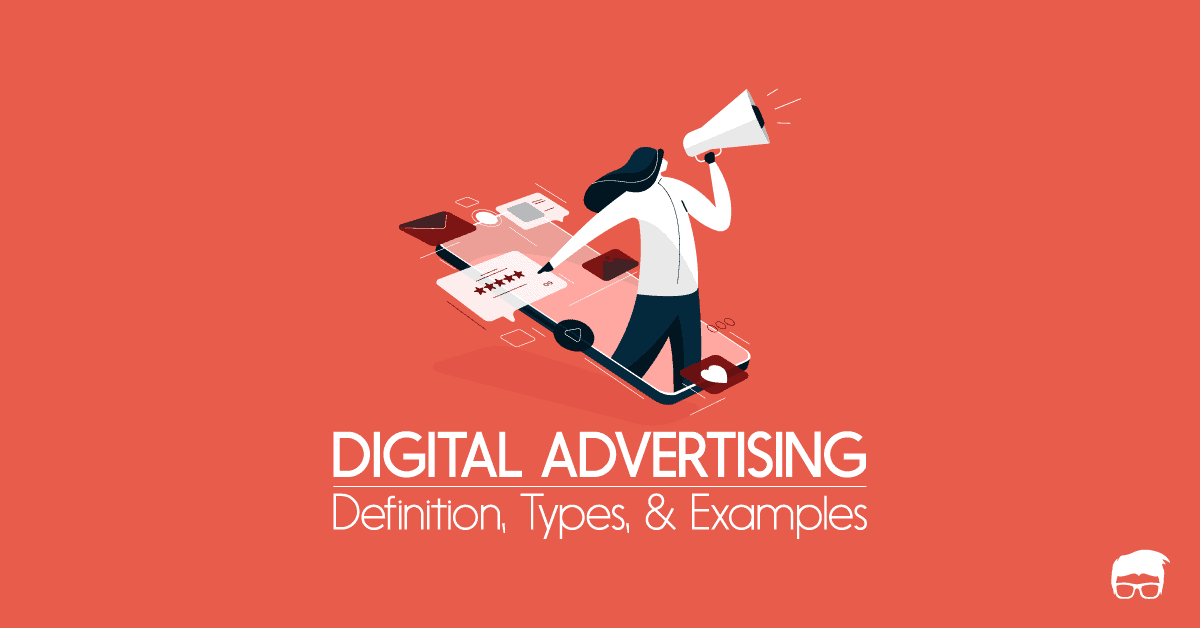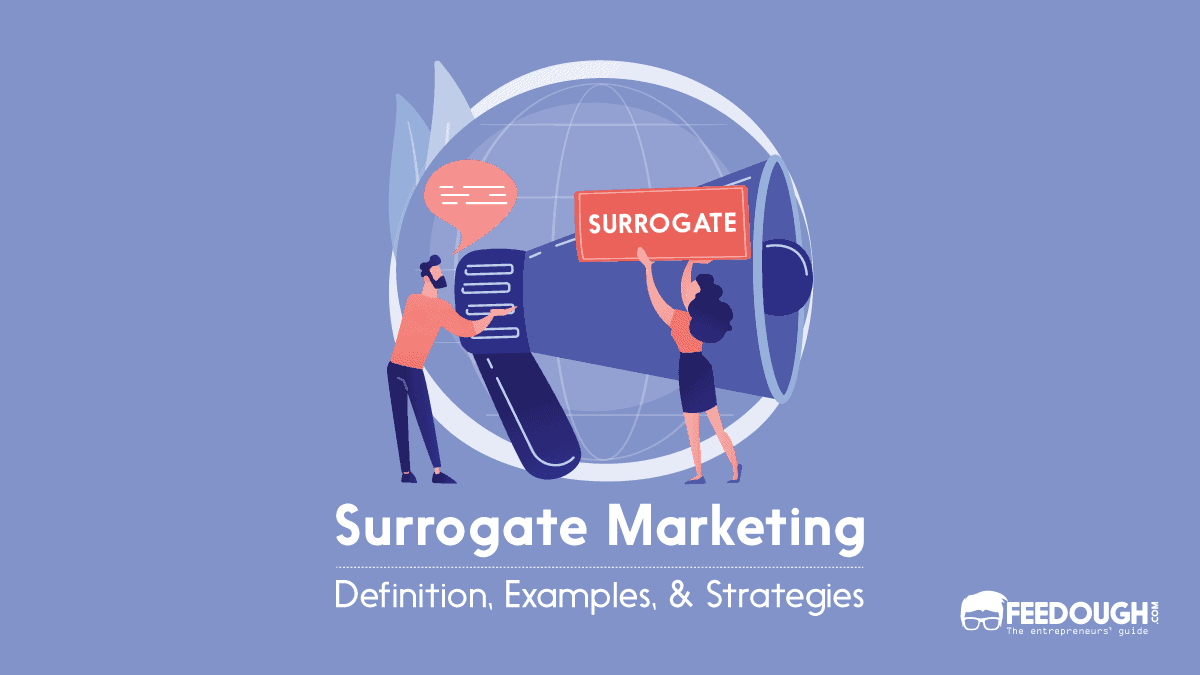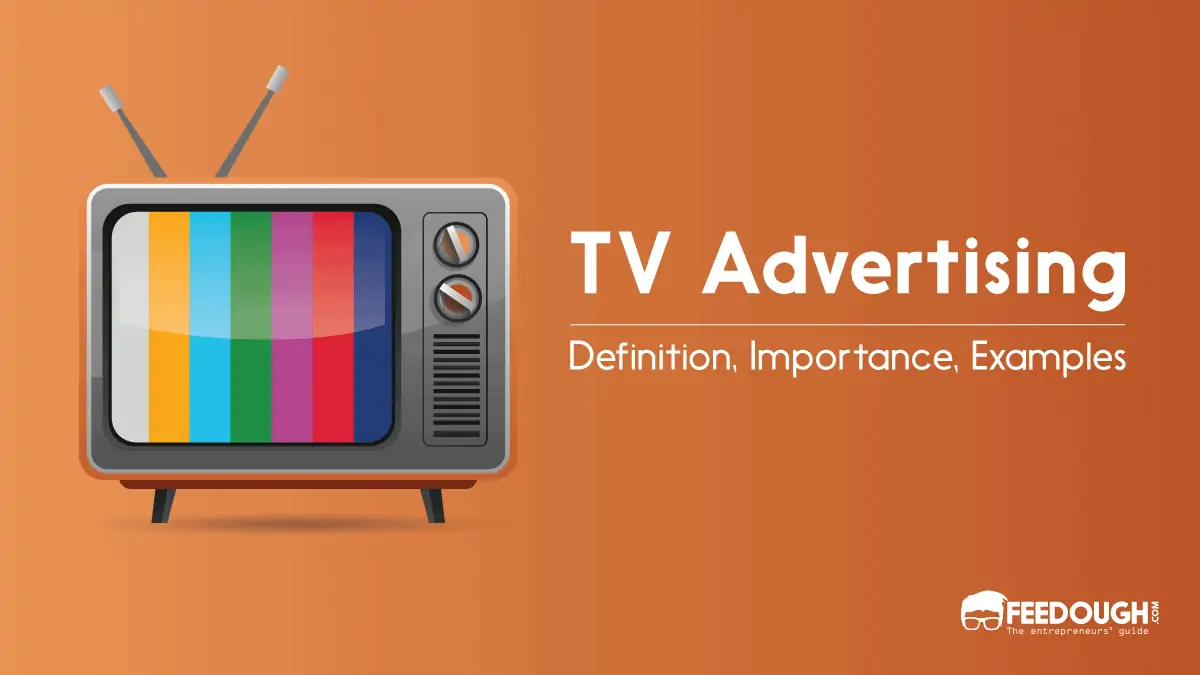A 30-second spot, a catchy jingle, and a clever slogan. But there’s more to advertising. An average human is exposed to around 5000 advertising messages in a day.
Advertisements come in many shapes, sizes, and forms. But what exactly is advertising? Why is advertising important? What are its advantages and disadvantages?
What Is Advertising?
Advertising is the action of calling public attention to an offering through paid announcements by an identified sponsor.
According to Kotler –
Advertising is any paid form of non-personal presentation & promotion of ideas, goods, or services by an identified sponsor.
According to the Advertising Association of the UK –
Advertising is any communication, usually paid-for, specifically intended to inform and/or influence one or more people.
Simply, advertising is a process of developing a paid communication message intended to inform people about something or to influence them to buy, try, or do something.
Characteristics Of Advertising
- Paid Form: Advertising requires the advertiser (also called sponsor) to pay to create an advertising message, buy advertising media slot, and monitor advertising efforts.
- Tool For Promotion: Advertising is an element of the promotion mix of an organisation.
- One Way Communication: Advertising is a one-way communication where brands communicate to the customers through different mediums.
- Personal Or Non-Personal: Advertising can be non-personal as in the case of TV, radio, or newspaper advertisements, or highly personal as in the case of social media and other cookie-based advertisements.
Types Of Advertising
Advertising activities can be categorised into above-the-line, below-the-line, and through-the-line advertising according to their penetration level.
- Above-the-line advertising includes activities that are largely non-targeted and have a wide reach. Examples of above-the-line advertising are TV, radio, & newspaper advertisements.
- Below-the-line advertising includes conversion-focused activities which are directed toward a specific target group. Examples of below-the-line advertising are billboards, sponsorships, in-store advertising, etc.
- Through-the-line advertising includes activities which involve the use of both ATL & BTL strategies simultaneously. These are directed towards brand building and conversions and make use of targeted (personalised) advertisement strategies. Examples of through-the-line advertising are cookie-based advertising, digital marketing strategies, etc.
Advertising activities can also be categorised into 5 types based on the advertising medium used. These types of advertisements are:
- Print Advertising: Newspaper, magazines, & brochure advertisements, etc.
- Broadcast Advertising: Television and radio advertisements.
- Outdoor Advertising: Hoardings, banners, flags, wraps, etc.
- Digital Advertising: Advertisements displayed over the internet and digital devices.
- Product/Brand Integration: Product placements in entertainment media like TV shows, YouTube videos, etc.
What Are The Objectives Of Advertising?
There are 3 main objectives of advertising – to inform about the brand or offering, to persuade to buy or perform a task and to remind and reinforce the brand message.
To Inform
Advertisements are used to increase brand awareness and brand exposure in the target market. Informing potential customers about the brand and its products is the first step toward attaining business goals.
To Persuade
Persuading customers to perform a particular task is a prominent objective of advertising. The tasks may involve buying or trying the products and services offered, forming a brand image, developing a favourable attitude towards the brand etc.
To Remind
Another objective of advertising is to reinforce the brand message and to reassure the existing and potential customers about the brand vision. Advertising helps the brand to maintain top-of-mind awareness and to avoid competitors stealing the customers. This also helps in the word of mouth marketing.
Other objectives of advertising are subsets of these three objectives. These subsets are:
- Brand building
- Increasing sales
- Creating demand
- Engagement
- Expanding customer base
- Changing customers’ attitudes, etc.
Importance Of Advertising
Advertising is important for all the parties involved – customers, business, and intermediaries (agencies, artists, etc.)
To The Customers
From a customer’s point of view, they get to know about a new product or an advertiser’s message majorly from advertisements. Besides this, ads provide them with –
- Convenience: Targeted informative advertisements make the customer’s decision-making process easier as they get to know what suits their requirements and budget.
- Awareness: Advertising educates the customers about different products available in the market and their features. This knowledge helps customers compare different products and choose the best product for them.
- Better Quality: Only brands advertise themselves and their products. There are no advertisements for unbranded products. This ensures better customer quality and a good business model as no brand wants to waste money on false advertising.
To The Business
From an advertiser’s point of view, ad is the most important means to get their message to their target audience using ads. Besides this, ads provide them with –
- Increased Brand Awareness: Advertising increases brand and product awareness among the people belonging to the target market.
- Brand Image Building : Clever advertising helps the business to form the desired brand image and brand personality in the minds of the customers.
- Product Differentiation: Advertising helps the business differentiate its product from competitors’ and communicate its features and advantages to the target audience.
- Increased Goodwill: Advertising reiterates brand vision and increases the brand’s goodwill among its customers.
- Value For Money: Advertising delivers the message to a wide audience and tends to be value for money when compared to other elements of the promotion mix.
Advantages Of Advertising
Advertising has several advantages of over other mediums of promotions. These include
- Reduces Per-Unit Cost: The wide appeal of advertisements increases the demand for the product which benefits the organisation as it capitalises on the economies of scale.
- Helps In Brand Building: Advertisements work effectively in brand building. Brands that advertise are preferred over those which doesn’t.
- Helps In Launching New Product: Launching a new product is easy when it is backed by an advertisement.
- Boosts Up Existing Customers’ Confidence In The Brand: Advertisements boost existing customers’ confidence in the brand as they feel pride when they see an advertisement of the product or the brand they use.
- Helps In Reducing Customer Turnover: Strategic advertisements for new offers and better service help reduce customer turnover.
- Attracts New Customers: Attractive advertisements help the brand in gaining new customers and expanding the business.
- Educates The Customers: Advertisements inform the customers about different products existing in the market and also educate them on what they should look for in an apt product.
Disadvantages Of Advertising
Advertising comes up with its own set of disadvantages. These include –
- Increases The Costs: Advertising is an expense to the business and is added to the cost of the product. This cost is eventually borne by the end consumer.
- Confuses The Buyer: Too many advertisements with similar claims often confuse the buyer about what to buy and whether they should buy the product or not.
- Is Sometimes Misleading: Some advertisements use smart strategies to mislead the customers.
- Only For Big Businesses: Advertising is costly, and only big businesses can afford it. This puts small businesses out of competition with big businesses that get to enjoy a monopoly in the market.
- Encourages The Sale Of Inferior Products: Effective advertisements even lead to the sale of inferior products which aren’t good for the consumers.
Advertising Examples
We are surrounded by advertisements. From TV to our mobile phones, we encounter advertisements everywhere. Following are a few examples of advertising.
TV Advertisements Example
Coca-Cola’s ‘I’d like to buy the world a Coke’, aired in 1971, is the world’s most famous TV advertisement.
Print Advertisements Example
Jeep’s ‘See whatever you want to see’ is a perfect example of a great print advertisement.

Radio Advertisements Example
Radio advertisements get more attention among the target customers and are also played more often. Here’s an example of a radio ad by Dove.
Digital Advertisements Example
Digital advertisements are advertisements made especially for the internet and digital devices users. The primary objective of digital ads is to drive traffic to business’s URLs. These ads can be video, image, or text ads.
Digital video ads aren’t restricted to a 30-second or 50-second slot. An example of a digital video ad is this advertisement by Airbnb.
One might see digital image ads while visiting websites like Feedough, Facebook, and Twitter. Here is an example:

Outdoor Advertising Example
These include hoardings, banners, flags, wraps, etc. An example of an outdoor advertisement is this hoarding by Audi.

Advertising vs Public Relations
While both advertising and public relations are an essential part of the promotional mix, there are some key differences between them.
Basis | Advertising | Public Relations |
|---|---|---|
Definition | Advertising is a paid form of promotion that uses persuasive techniques to influence consumers’ buying behaviour. | Public relations is a strategic communication process that builds mutually beneficial relationships between an organisation and its public. |
Objectives | The objectives of advertising are to raise awareness about a product or service, to persuade customers to buy it, and build brand loyalty. | The objectives of public relations are to build goodwill and understanding between an organisation and its public, to promote the organisation’s products or services, and to influence behaviour. |
Importance | Advertising is important because it helps businesses promote their products or services to a wide audience. | Public relations is important because it helps businesses build positive relationships with their customers and other stakeholders. |
Paid or earned | Advertising is usually paid for by businesses. | Public relations is earned media, meaning businesses try to earn positive coverage from journalists and other influencers. This can be done through PR campaigns, events, and good old-fashioned media relations. |
Go On, Tell Us What You Think!
Did we miss something? Come on! Tell us what you think about our article on what is advertising in the comments section.
A startup consultant, digital marketer, traveller, and philomath. Aashish has worked with over 20 startups and successfully helped them ideate, raise money, and succeed. When not working, he can be found hiking, camping, and stargazing.
